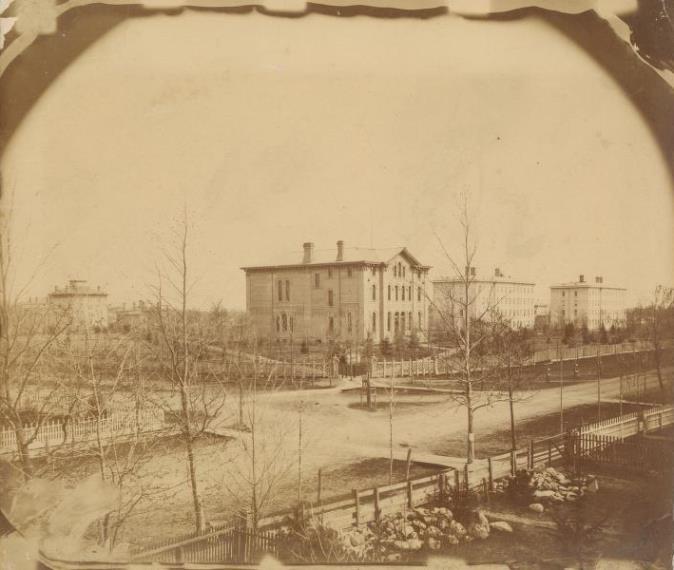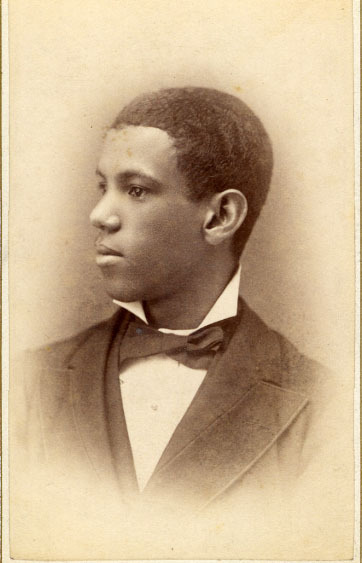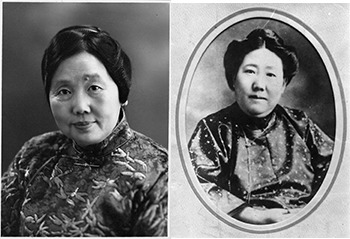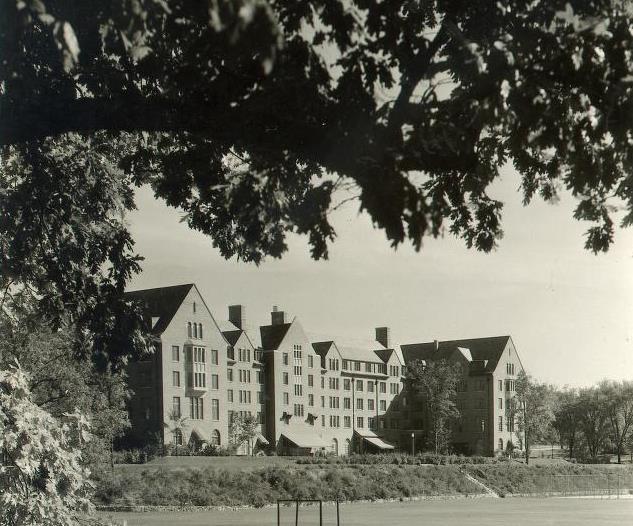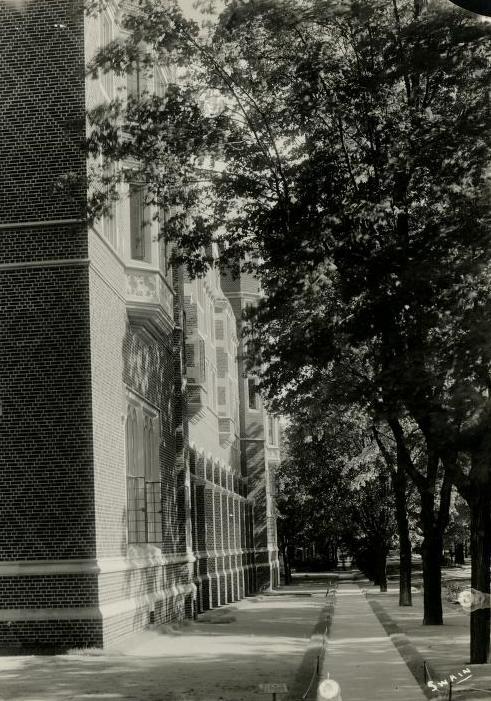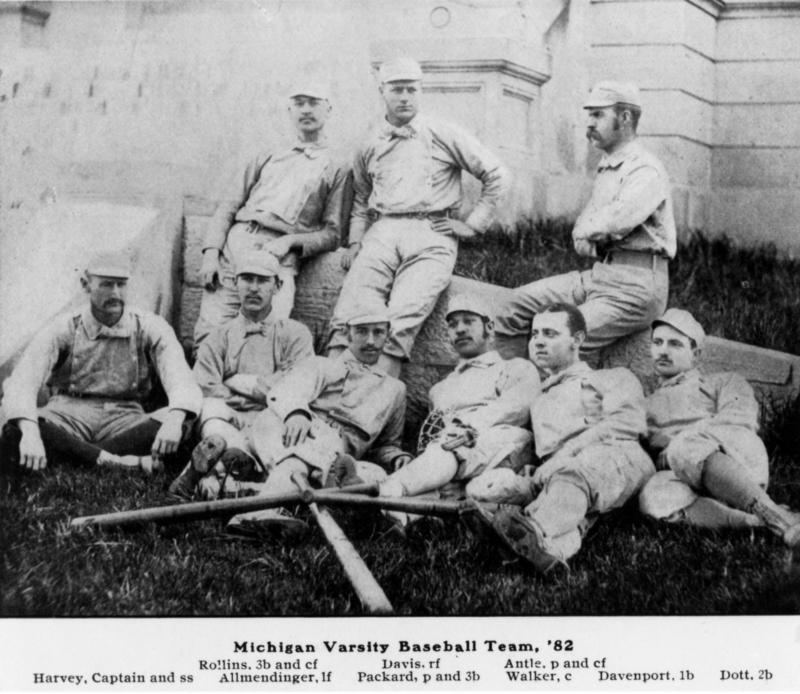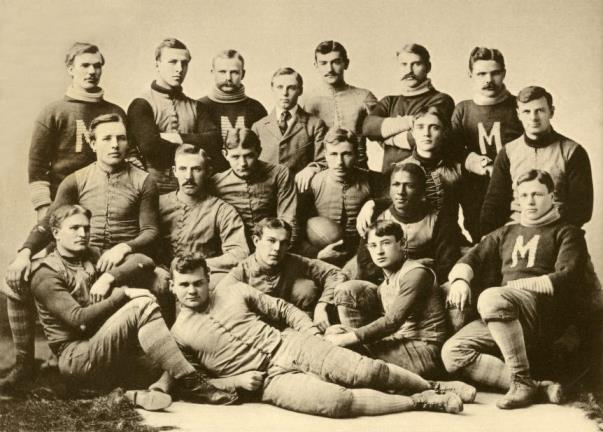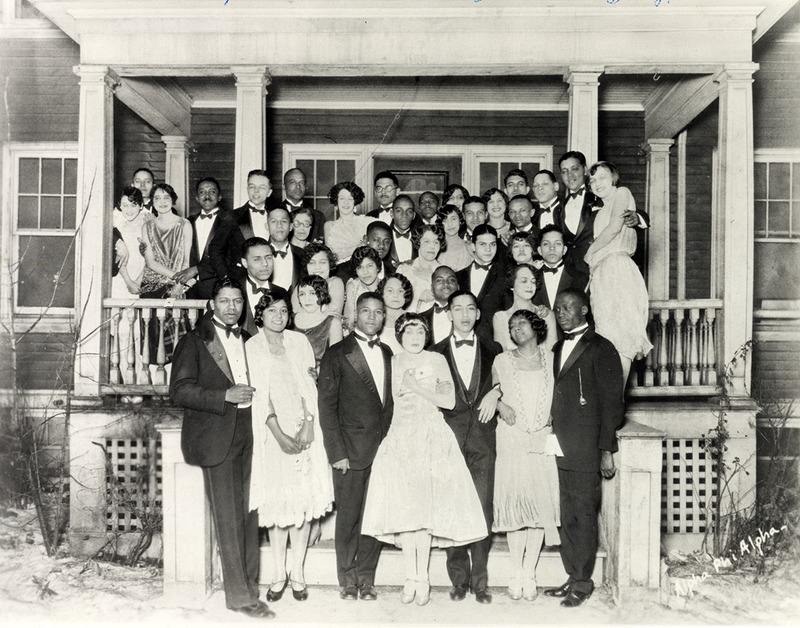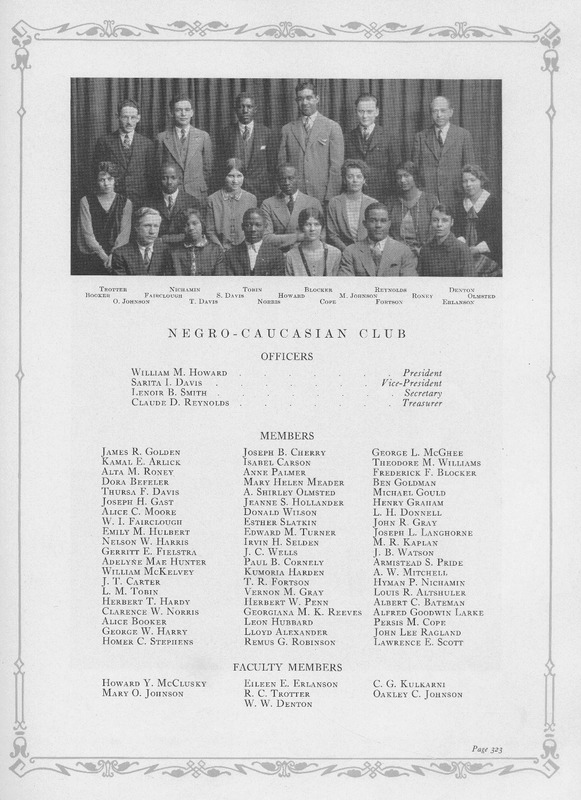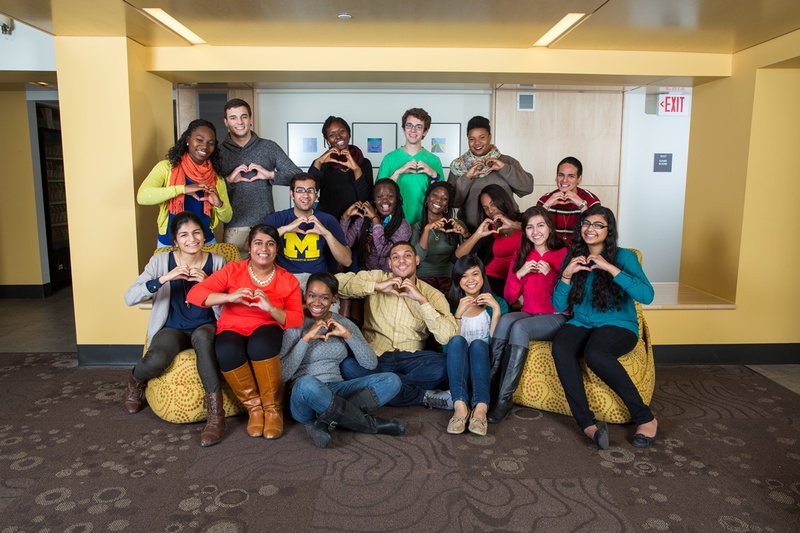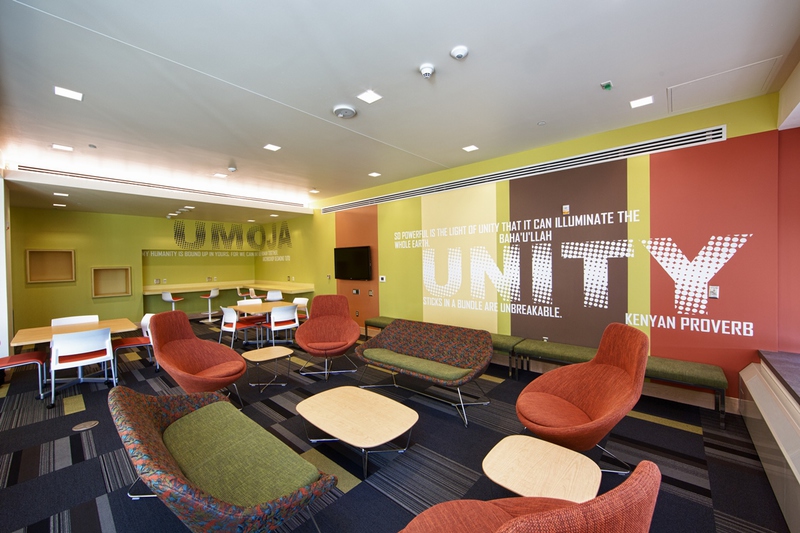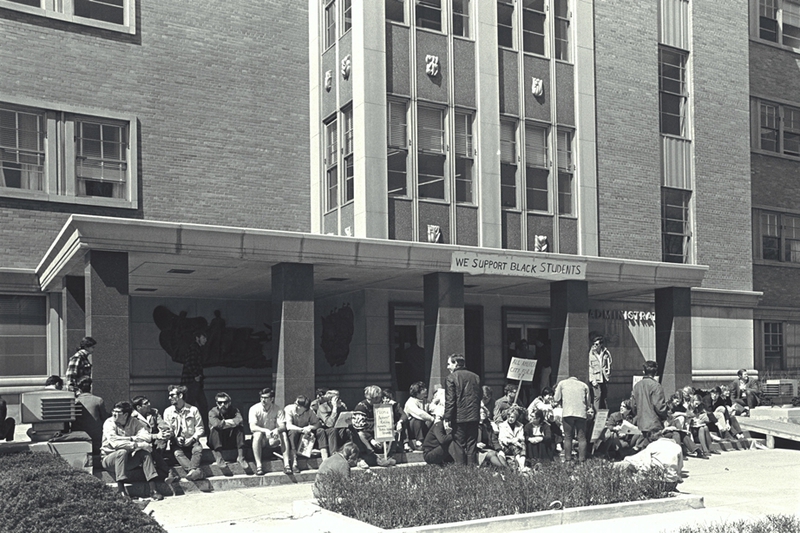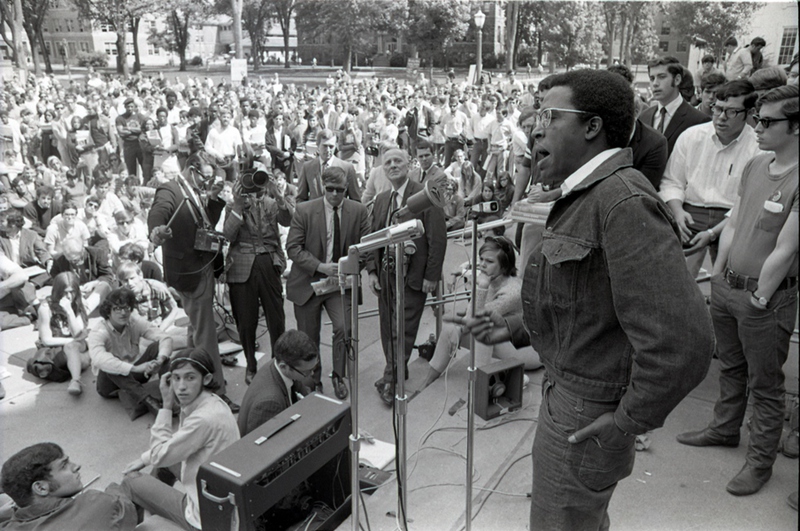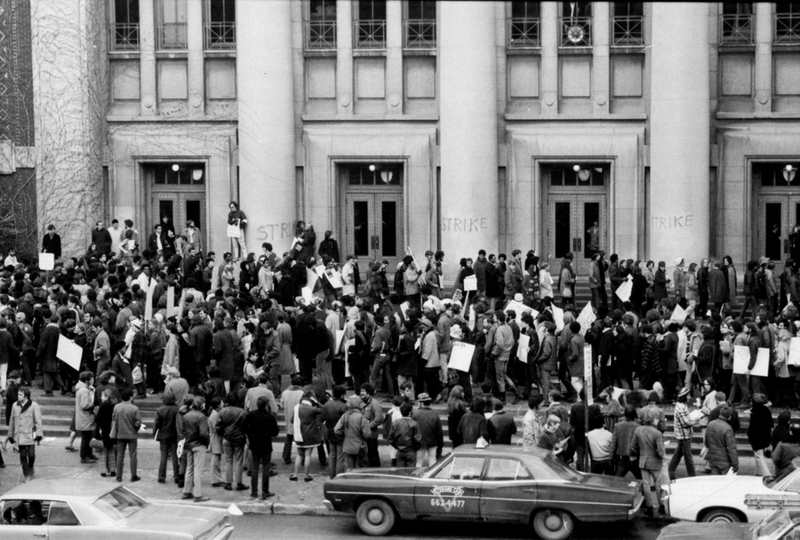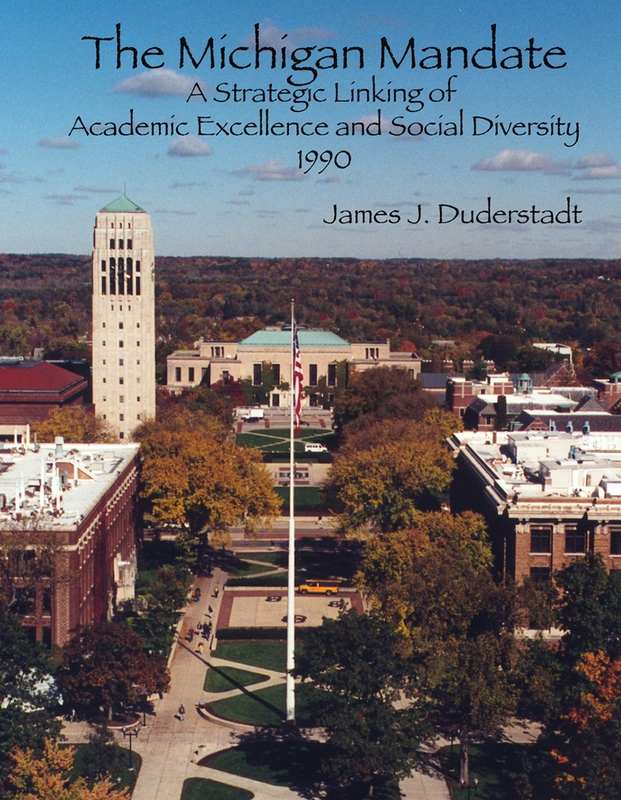Diversity in Student Life
Students of color began attending the University almost since the establishment of the Ann Arbor campus, but relevant records are lacking, and student participation has not been well documented.
The Firsts
Samuel Codes Watson
In 1853, Samuel Codes Watson was the first African American student admitted to the University. Born in South Carolina in 1832, Watson was mixed race and passed for white while attending Michigan. In 1857 he received his M.D. from Cleveland Medical College, as one of the first African Americans to do so. He later became Detroit’s first elected African American city official, and was declared the city’s richest black property owner in 1867.
Saiske Tagai
Saiske Tagai was the first Asian student (Japanese) to attend the University of Michigan, attending from 1872-1874.
Mary Henrietta Graham
Mary Henrietta Graham was the first African American woman admitted to the University of Michigan (1876).
José Celso Barbosa
In 1877, José Celso Barbosa was the first Puerto Rican student to enroll at the University of Michigan. He was enrolled in the Department of Medicine and Surgery.
Mary Stone and Ida Kahn
Mary Stone and Ida Kahn were the first Chinese students to enroll at the University of Michigan (1892). Both graduated from the Medical School in 1896 and returned to China as medical missionaries. While in China, Levi Lewis Barbour met them and was so impressed he vowed to start a scholarship specifically for Asian women that would allow them to come to the U.S. to study.
Orval Wardell Johnson
Orval Wardell Johnson was the first non-white student to be elected as Senior Class President of the College of Literature, Science, and Art (1949). His opponent was Pete R. Elliott, a popular (white) football player. The final voting margin was 2 to 1. Johnson was from Detroit and had graduated as the president of his Northwestern High School senior class magna cum laude. While at U-M, he enrolled in Latin-American studies and picked that degree because he believed that "colored college students should prepare themselves to invade new fields."
Living on Campus
Oppose Separate Quarters at U-M
In 1929, the Regents of the University of Michigan proposed providing University-run housing on Glen Avenue “near the Negro district” for African American women at the University. The Regents dropped the proposal after African American women students strenuously objected to what they viewed as deliberate segregation. The students previously had been housed in a designated rooming house on Hill Street, and earlier in “unsupervised colored homes.” State law specified that no state-funded institution could raise any bar against any person of any race. According to an article in The Pittsburg Courier, there was some concern that Mosher-Jordan Hall, slated to open in 1930 and designed to house 450 women, would be allowed to contravene that law because it was financed by an outside agency rather than the state.
Housing Discrimination
In 1934, the NAACP claimed the U-M barred Jean Blackwell from the Martha Cook dormitory because she was a "Negro." Blackwell retained a "B" average and applied for the Cook dorm because she wanted to be with her academic peers. (Cook required students to maintain at least a "B" average.) Blackwell was denied entry, but was told that Mosher Jordan, a house that took only colored women, had plenty of vacancies. Blackwell heard from other students that Cook had plenty of vacancies, so inferred that she was denied entry into Cook because of the color of her skin.
Diversity in Sports
Moses Fleetwood Walker
In 1882, Moses "Fleetwood" Walker was the first African American to play baseball at the University of Michigan. Walker may have also been the first African American to play college baseball. Walker became a businessman, inventor, newspaper editor, and author. He left Michigan in 1883, without a degree, to join a professional baseball team in Toledo. He became the first African American major leaguer when that Toledo team joined the American Association.
George Jewett
In 1890, George Jewett became the first African American to play varsity football at U-M. Jewett was an Ann Arbor High School star in both football and track. Jewett faced racism on the football field. In a game against Purdue, officials unscrambled a pile of players to find Jewett limp and unconscious. He was carried off the field while Purdue fans cheered wildly.
William DeHart Hubbard
In 1924, Hubbard became the first African American to win an individual gold medal in the Olympics. During his senior year at Michigan (1925) Hubbard set the world’s record in the long jump. While the football coach, Fielding Yost, had barred African American players from football since 1901, in 1921, then Athletic Director Yost allowed one African American to join the track team. Hubbard was the only African American track team member during his four years at U-M.
Gerald Ford and Willis Ward
In 1934, Georgia Tech refused to play football against Michigan unless the team benched Willis Ward, an African American player. Ward's teammate and friend, Gerald Ford, nearly quit the team in protest.
Franklin Lett
When Franklin Lett was a freshman at the University of Michigan (1934), Frank Cappon, the head coach of the basketball team, barred Lett from playing in the Big Ten. Cappon justified his reasoning by citing a "mutual agreement between the coaches" to not allow black students to play in the championship series. There was no written rule, but the coach did not want to cause trouble or "break the ice", claiming his actions would "put [him] on the spot".
Keith Cooley
In 1966, Keith Cooley became the first African American to letter in Gymnastics
Groups and Clubs
Alpha Phi Alpha
Alpha Phi Alpha was established on April 9, 1909, becoming the earliest known U-M African American fraternity.
Delta Sigma Theta
Delta Sigma Theta is founded on April 7, 1921 becoming the earliest known U-M African American sorority.
Negro-Caucasian Club
In Michigan Today, June 24, 2014, historian James Tobin writes about the struggles leading to the founding of the Negro-Caucasian Club in 1926. Friends Lenoir Bertrice Smith, an African American, and Edith Kaplan, a white student, were denied service in a restaurant near campus. With the help of a young faculty member, Oakley Johnson, they sought recourse with the dean of the College of Literature, Science, and the Arts. The dean sympathized with their situation but made no effort to improve the situation with local businesses. Smith and Kaplan, with Johnson's help, set out to recruit both black and white students in forming the Negro-Caucasian Club of the University of Michigan. This may have been the first such student group on an American college campus.
Alpha Kappa Alpha
U-M's Beta Eta chapter was the 100th chapter of Alpha Kappa Alpha and was founded on Saturday June 3, 1933. Charter members were: Mabel C. James ’33, Ruth R. Birch ’34, Viola B. Goin ’34, Adele R. Jones ’34, and Olive E. Manly ’36.
Student Councils, Programs, and Centers
Trotter Multicultural Center
The William Monroe Trotter Multicultural Center (TMC) is the only University building named after a minority person. The TMC grew out of the Black Action Movement (BAM) strike, and offered meeting and event space for Black students, faculty and staff. In 1981, the facility expanded its services to become a student multicultural center.
Diversity Peer Educator (DPE) Program
The Diversity Peer Educator Program began in the Comprehensive Studies Program as an initiative for Coalition for the Use of Learning Skills (CULS). It transferred to University Housing in 1973, titled the Minority Peer Advisor Program.
DPEs strengthen the living‐learning environment by conducting educational, cultural, social, and personal enrichment programs and promoting the ideals of social justice for all social identities. They offer resources to support students with their identities and social memberships.
Councils Advocate Diversity
A wide variety of councils have been formed to serve campus housing communities, cultural organizations, sororities, and fraternities. They include residence hall multicultural councils; the National Pan-Hellenic Council (NPHC), the Multicultural Greek Council (MGC), and other groups. These councils support a large range of services and activities that welcome and support all campus communities.
Housing Multicultural Lounges
Most residential communities have a lounge that acknowledges the activism of underrepresented groups. The spaces were originally created to provide students of color the opportunity to interact with one another in a relaxed and open environment. The lounges continue to meet the ever-changing needs of residents from all social identities.
The Afro-American Lounge was established in 1972 and was one of the first residence hall lounges to be decorated with art and artifacts that reflected African American culture and history. At its inception, Ambatana (a Swahili verb meaning "stick together") was the name of South Quad's African American student organization.
Activism
Black Student Union Takeover
On April 9, 1968, the day of Martin Luther King, Jr.’s burial in Atlanta, the newly formed Black Student Union took over the Administration Building (now the LSA Building) and chained themselves inside for five hours, demanding more funding for African American students and African American faculty hires. After a long talk with President Robben Fleming, the lockout ended. They joined a trend at colleges nationwide demanding the addition of black studies to universities' curricula. One outcome was the establishment of the Center for Afroamerican and African Studies in 1970.
Black Action Movement (BAM)
When requests for increased black enrollment faculty hires were not granted by 1970, students called for a campus-wide strike. BAM (a coalition of the Black Student Union; Black Law Students Association; Association of Black Social Work Students; and black students from the Medical School and Department of Psychology) organized a 12-day campus shutdown. It received national attention and media coverage. Over 300 professors cancelled classes and many departments shut down. The strike was widely supported by non-BAM members, including white students. The U-M reached an agreement with BAM and issued a formal response to BAM's list of demands. Then-President Robben Fleming agreed to work toward a goal of 10% African American enrollment by 1973. The University did not reach this goal.
In the late seventies, BAM II continued the efforts to increase enrollment of Black students, and by 1987 BAM III and United Coalition Against Racism (UCAR) led protests that resulted in, among other milestones, the official recognition of the Rev. Martin Luther King, Jr. Day on campus.
Sit-in
In 1987, more than 250 U-M students from the United Coalition Against Racism blocked the Fleming Building to protest a series of widely-publicized racist events on campus and to demand an increase in black enrollment and the number of black faculty members. Black student enrollment had declined by 1987 to 5.3% of the student body from the high of 7.7% in 1976 and never reached the 10% goal targeted by administrators in the early ‘70’s. Other demands included that the University close in recognition of MLK Day.
The Michigan Mandate
In the 1980's, under the leadership of President James J. Duderstadt, the U-M embarked on the Michigan Mandate, "a bold, strategic effort to transform the University to enable it to more faithfully reflect the rich racial and ethnic diversity of American society among its students, faculty and staff." The Target of Opportunity faculty recruitment program strove to substantially increase the number of faculty in under-represented minority groups; it succeeded in doubling the number of such faculty by the time Duderstadt stepped down in 1996. During this time, recruitment of students of color also doubled over-all, including a 10% increase in African American student enrollment. Numerous initiatives were aimed at helping minority students, faculty and staff succeed; increased financial support for minority graduate students led to a rise in student graduation rates. Efforts to increase African American enrollment to reflect the state's 14% Black population have been unsuccessful.
In 2003, the United States Supreme Court found in favor of U-M’s use of race as one factor among many in considering student applicants. In 2006, however, Michigan’s Proposal 2 prohibited the use of race or gender in the applications process. Proposal 2 was upheld by the United States Supreme Court in June 2014.
Anti-Michigamua
Founded in 1901, Michigamua was a not-so-secret society at U-M that tapped campus leaders for its membership. Famous past members included Gerald Ford, Bo Schembechler, and Harlan Hatcher. The group historically called itself the Tribe of Michigamua and its members were “braves” who referred to non-members as “palefaces.” Controversy swirled around the group from the 1980’s into the early 2000’s.
In 2000 the Students of Color Coalition occupied the Michigamua office space in the Michigan Union for 27 days, protesting their adoption of pseudo-Native American styles and names. Native American artifacts continued to decorate the meeting area of the organization, even though the University had instructed Michigamua to take them down in 1989. The group moved out of the Union in 2006, changed its name to the Order of Angell, after its founder, and promised to cease mimicking Native American traditions.

Ann Arbor and Race

Student Background

